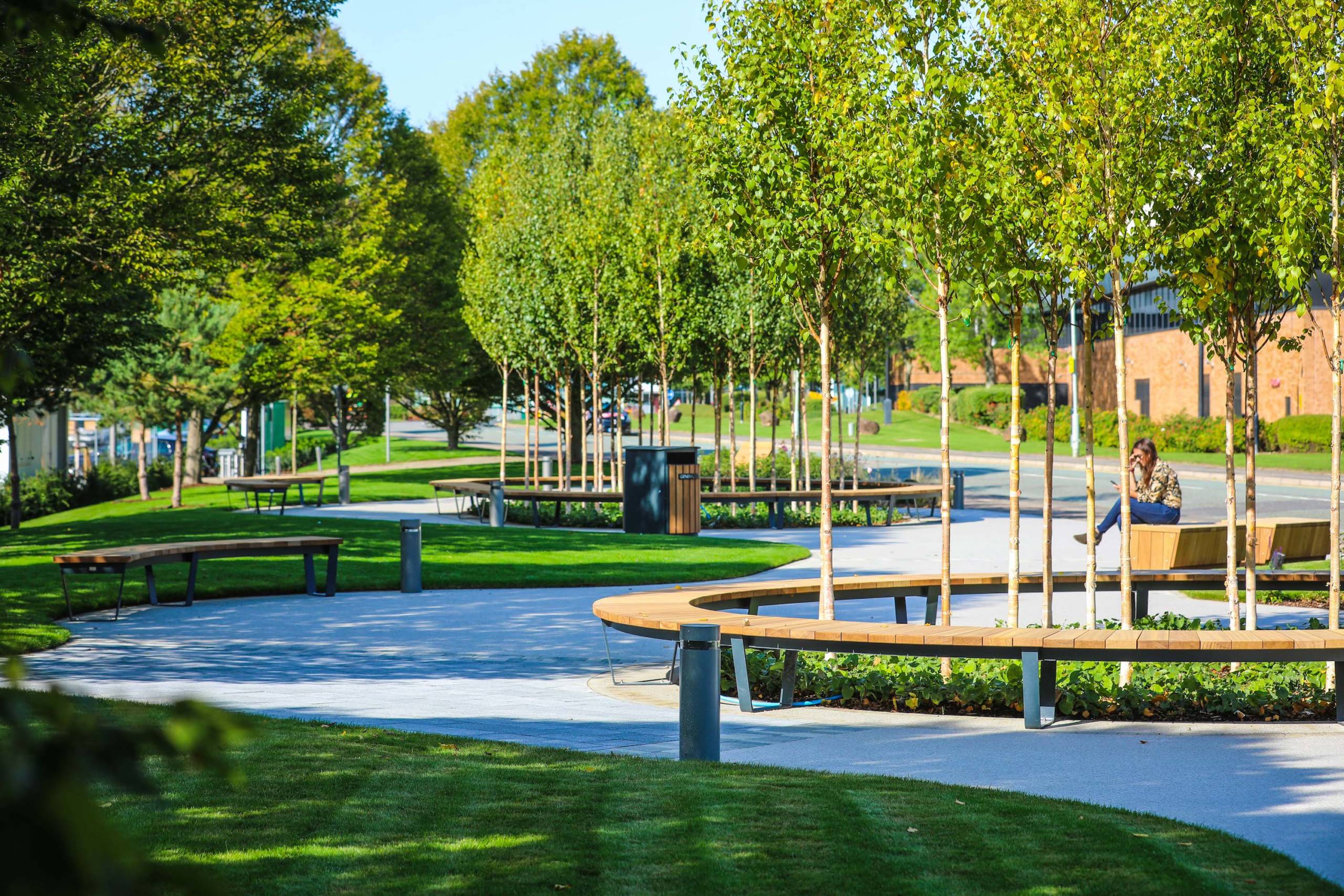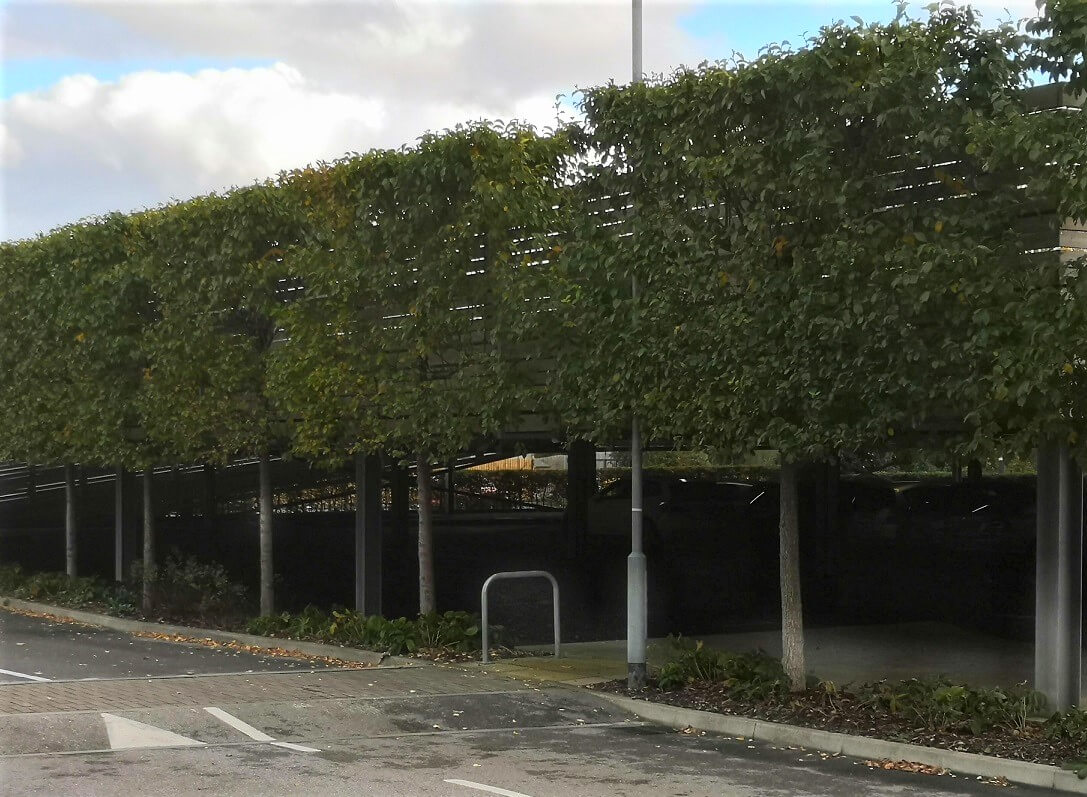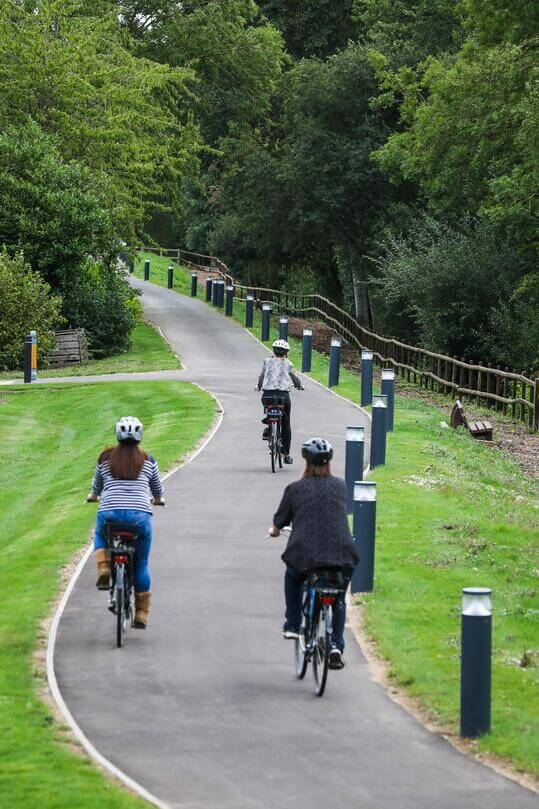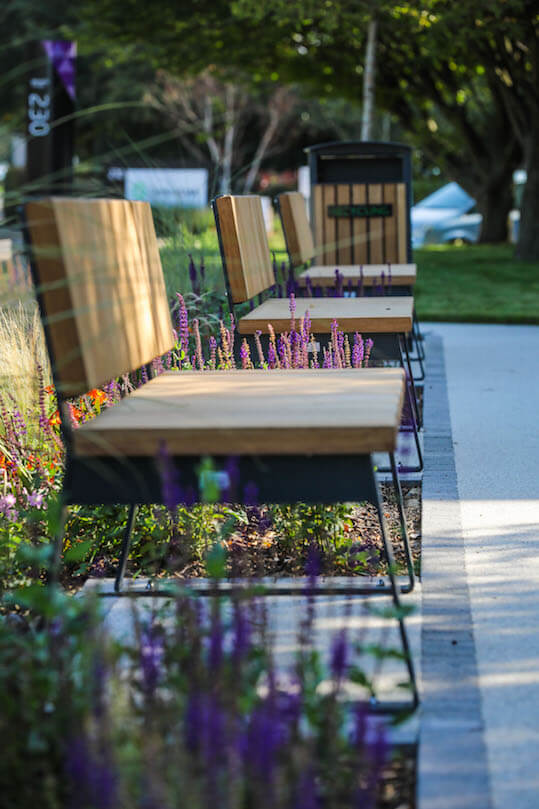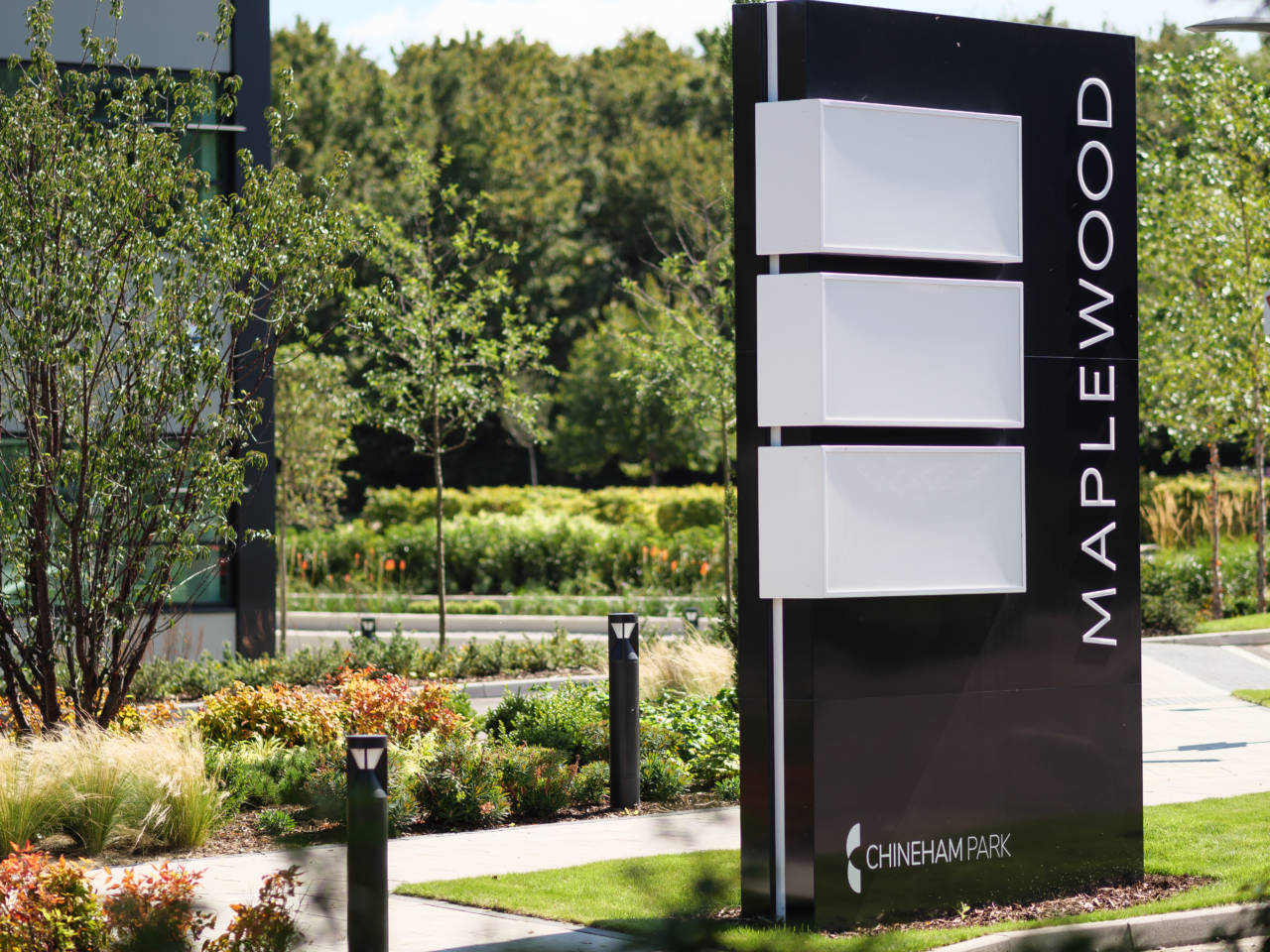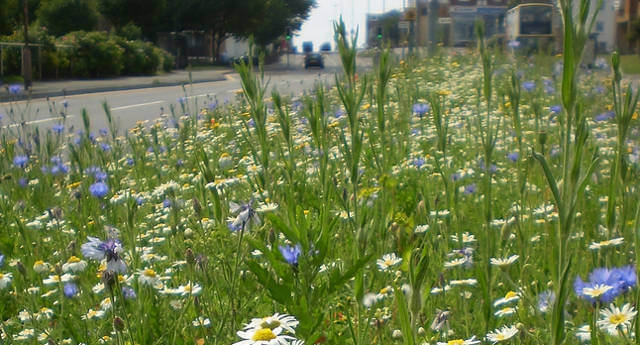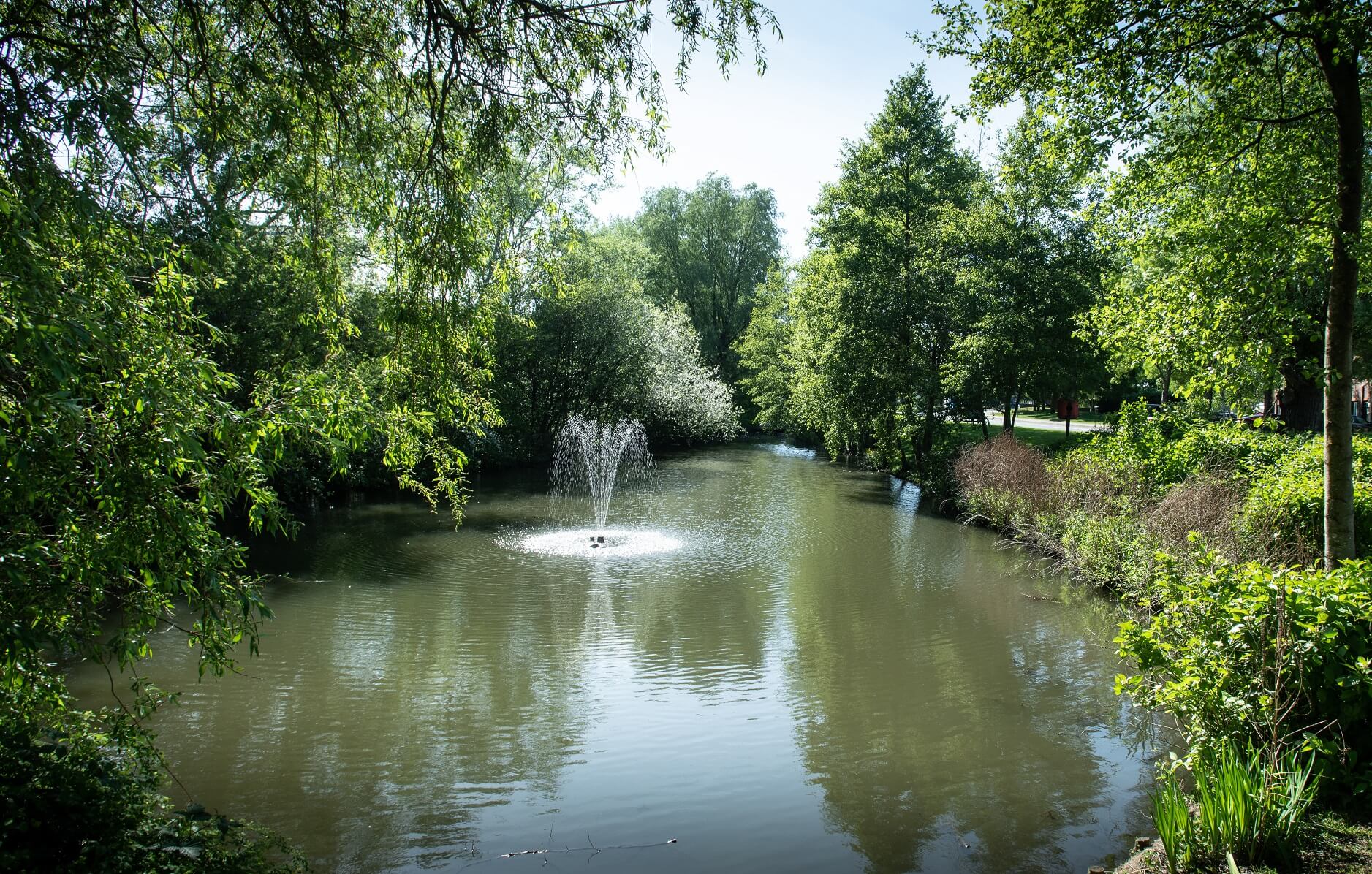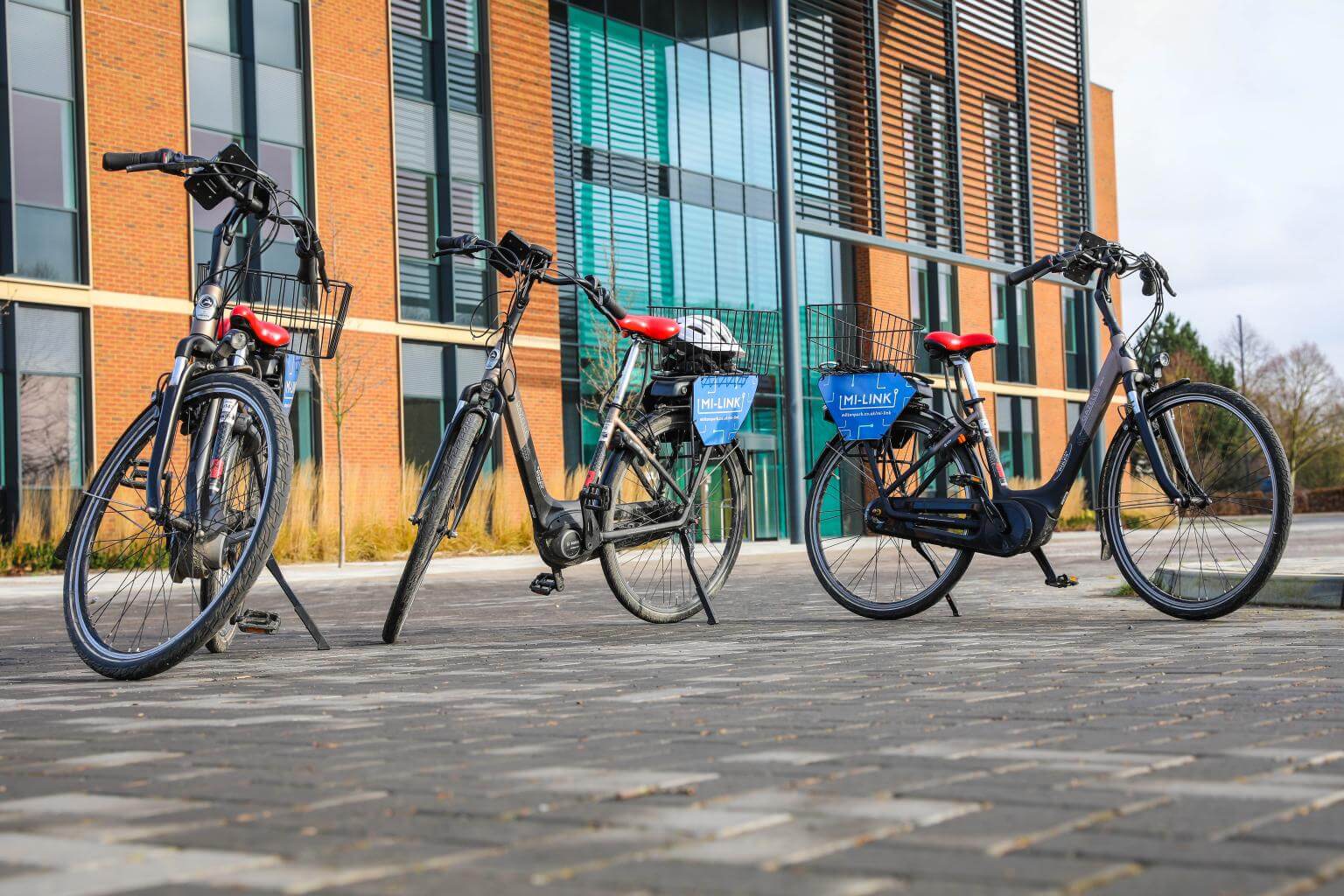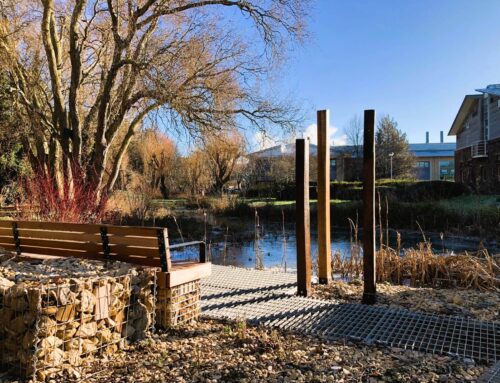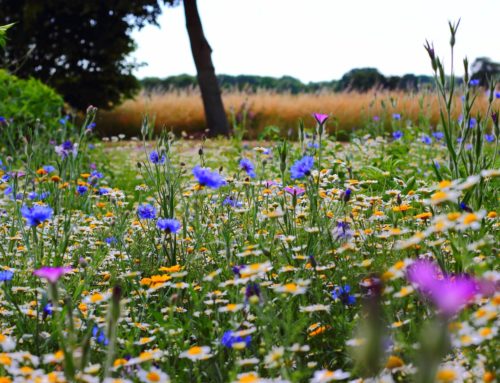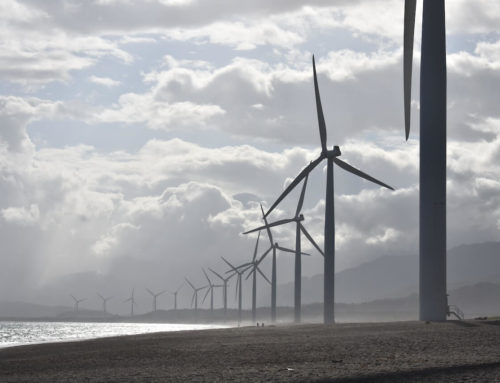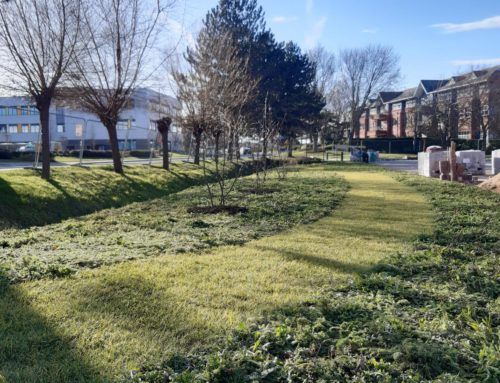The Benefits of Investing in Landscape
By Veronica Flemming, Senior Landscape Architect
Letting commercial space is tough. It’s a competitive market, made harder in the current COVID-19 situation, where in many areas of the country, supply is outweighing demand. With unemployment looking to be a long-term challenge, commercial real estate developers and owners need to innovate to keep their properties attractive and manage running costs. Good wi-fi; transport links; parking; clean, comfortable and modern workspaces, are all standard requirements. So how else can you differentiate your property from the competition?
By investing in your landscape.
There are so many benefits to using the land around commercial buildings in a smart way. By maximising use of existing space, commercial owners can offer so much more to their occupiers. The site doesn’t need to have acres of space available; this is about using every inch effectively. Multi-functional, quality spaces that support the needs of occupiers, can create well-used, places that offer real meaning and value to the people that use them.
Clever Use of Space:
Tight spaces can be enhanced through pleached trees, climbers or green walls. Under used space can be turned into outdoor meeting areas or spaces for socialisation. An outdoor gym can sit comfortably into the landscape: instantly activating your landscape. Pedestrian and cycle paths can be integrated into the landscape, to better connect a site with its surroundings; supporting sustainable transport aims and doubling up as an exercise trail. Clever planting can boost biodiversity, reduce air pollution and provide a year-round spectacle: greeting occupiers and clients with seasonal interest and encouraging them to interact with and socialise within the landscape. This leads us on to our next point…
Wellbeing:
We’ve frequently reported on the empirical evidence which demonstrates that greenspace supports employee wellbeing. Access to greenspace is an important factor for both our mental and physical health, which is a high priority for all of us in the current climate. In a recent article, we detailed the results of research undertaken by The University of East Anglia, which found that regular exposure to greenspace reduces the risk of serious long-term health problems; helping to decrease employee absenteeism and increase productivity. Read our full article here https://bit.ly/2Greenspaceintheworkplace
Financial benefits:
A well-designed commercial landscape, which responds to the needs of its occupiers, will help to keep the market value of the site at its rental peak, providing a more attractive environment for prospective and existing tenants, whilst enhancing the brand.
Running Costs:
Innovative landscape design can also play an important role in bringing down the running costs of a building; a strategic approach to planting helps to heat and cool a building naturally. The University of Sheffield and The University of Reading published a 2013 and 2015 study, which showed that heat lost through un-vegetated brick was significantly greater than through bricks covered with foliage.
In addition, carefully designed vegetated walls can eliminate the need for mechanical air-conditioning and have been found to keep wall temperatures below 24°C, which is the critical level required for human-health.
Landscape Maintenance Costs:
Here at ASA, we’ve found an increase in demand for a more natural approach to open spaces, with occupiers asking for additional water features, wildflower meadows and less formalised lawn spaces. This change in mindset can help to support the natural environment and reduce ongoing maintenance costs for site owners.
In 2019 the British Ecological Society published research which found that reducing the intensity of mowing regimes in urban spaces, leads to an increase in biodiversity, saves money and reduces the presence of allergy-triggering weeds.
Even a modest reduction in lawn mowing frequency can bring a host of environmental benefits: increased pollinators, increased plant diversity and reduced greenhouse gas emissions. At the same time, a longer, healthier lawn makes it more resistant to pests, weeds, and drought events.
Dr Chris Watson, Lead Author of the study.
Biodiversity Net Gain:
Visibly contributing to the environment is a positive move for any development and increasingly this is a requirement for occupiers and their employees. Biodiversity Net Gain and sustainable development is only growing in importance and through the Environment Bill, is likely to become law in the near future. We will explore this in more detail in our next article.
Here to stay:
Business and Science Parks are increasingly looking to become live-work spaces, that are no-longer 9-5 destinations. As people increasingly prefer to live within a short walk or cyclable commute, an attractive environment is critical to support a vibrant community. Investing in greenspace infrastructure helps to attract and retain the best talent and may have a positive impact on applications for future development.
With a focus on ‘building back better’ and increasing concerns about climate change and the role of business; it is clear that the need for an innovative, multi-functional landscape which supports the needs of occupiers and wildlife, is here to stay.

